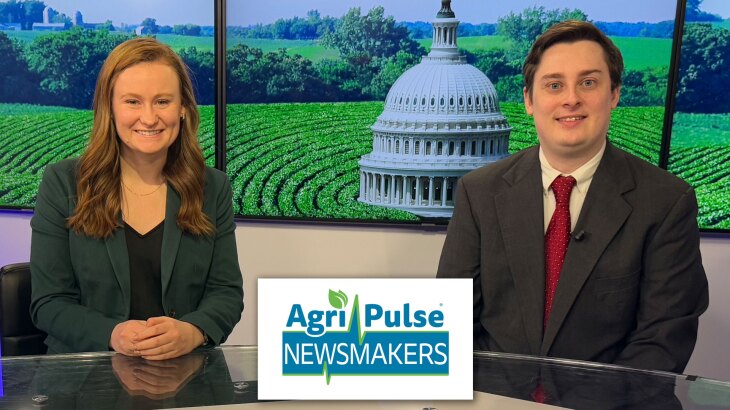DES MOINES, Iowa (AP) — A study released Wednesday by the U.S. Agriculture Department into the disparity between cattle prices paid to ranchers and the higher prices earned by meat processors offers more details about the factors that have led to the situation.
The 20-page analysis by the USDA explains how after a 2019 fire at a Tyson Foods beef plant in Holcomb, Kansas, and this year’s temporary closure of slaughterhouses amid the coronavirus pandemic, ranchers saw cattle prices drop while concerns about meat scarcity caused prices at grocery stores to rise.
Some members of Congress have called for an investigation into possible violations of the Packers and Stockyard Act, which is designed to protect ranchers and consumers. They have noted increasing consolidation within the beef industry, which now is largely controlled by four giant processing companies.
The study specified that it wasn’t an examination of potential violations of the Packers and Stockyard Act but that an investigation was ongoing.
South Dakota Sen. John Thune, who was among those seeking an investigation, said he would continue pushing for the Department of Justice to finish its investigation of possible market manipulation.
“South Dakota’s cattle producers are facing extreme volatility in the cattle market, and I remain concerned about potential anticompetitive activity in the highly concentrated meatpacking industry,” Thune said in a statement.
Nebraska Sen. Deb Fischer, whose family owns a ranch, also has sought an investigation.
“The report confirms our serious misgivings about the many factors that are working to destabilize the marketplace,” Fischer said. “In light of these events and this report, I will be introducing legislation soon in the Senate aimed at providing equity and transparency for all market participants.”
The study details how both the Kansas fire and the coronavirus caused backups in the processing industry, which in turn caused demand for cattle to drop and prices to decline. At the same time, consumer demand continued and even increased amid supply concerns when the coronavirus led to an emptying of grocery shelves.
Although the study focused on documenting the price disparities, it also finds that the situation could benefit from more clearly disseminating market conditions and reinvigorating competition.






